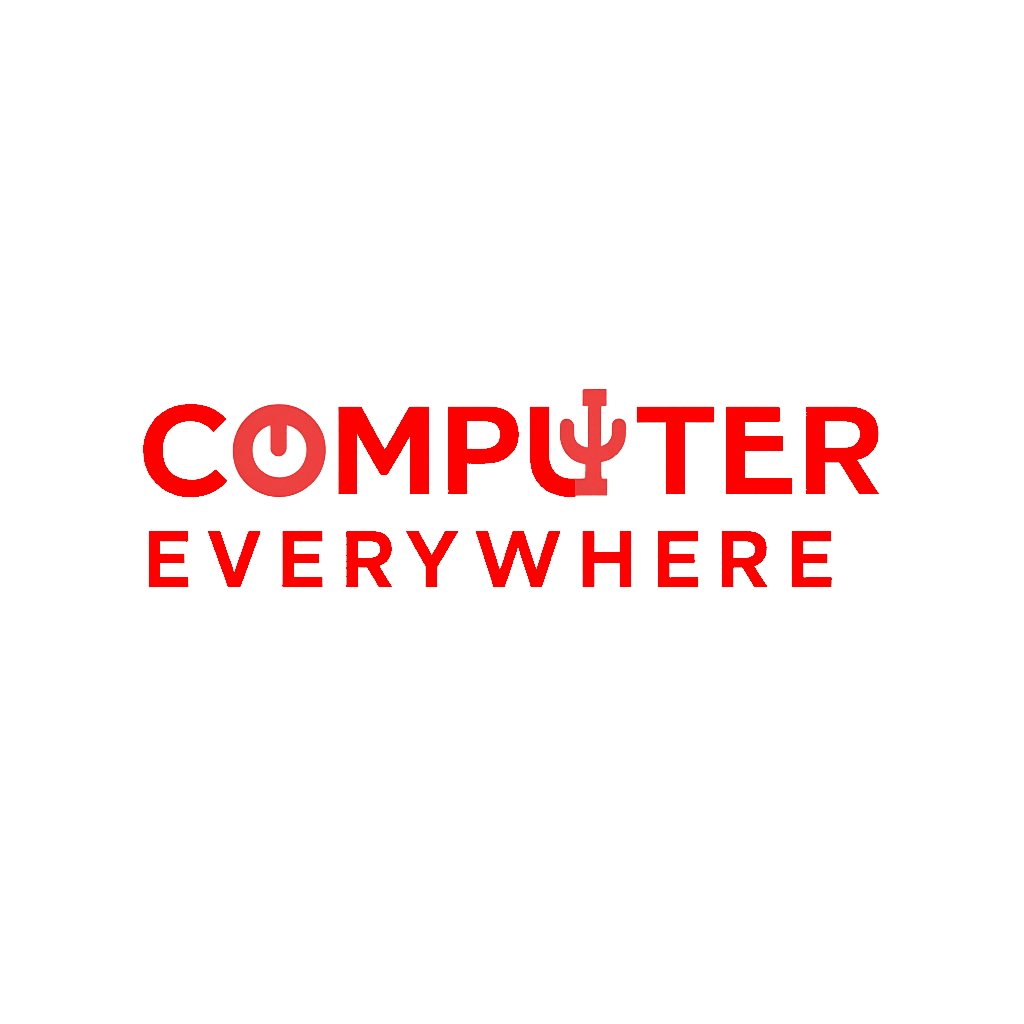Your cart is currently empty!
Installing Tiny Core Linux
If you’re looking for a lightweight Linux distribution that boots fast, runs on almost anything, and gives you full control over your system, Tiny Core Linux might be exactly what you need. At under 20MB, it’s one of the smallest Linux distros around—but don’t let its size fool you. It’s powerful, flexible, and surprisingly capable.
In this guide, we’ll walk through how to install Tiny Core Linux and get it up and running.
What You Need
Before you start, make sure you have:
- A PC or virtual machine (VM) with at least 64MB RAM (128MB+ recommended)
- A bootable USB drive or ISO for VM
- Tiny Core ISO
- A basic understanding of how to use a terminal
Step 1: Choose Your Version
Tiny Core Linux comes in three main versions:
- Core (11MB): Command line only, no graphical interface.
- TinyCore (16MB): Includes the FLTK/FLWM GUI.
- CorePlus (163MB): Includes wireless drivers, common window managers, and installer scripts.
If you’re installing for the first time and want an easier experience, go with CorePlus.
Step 2: Create a Bootable USB
Use a tool like Rufus (Windows), Etcher, or the dd command on Linux/macOS to write the ISO to your USB stick.
Example using dd on Linux:
sudo dd if=TinyCore-current.iso of=/dev/sdX bs=4M status=progressReplace /dev/sdX with the correct drive ID (be careful not to overwrite your hard drive).
Step 3: Boot from USB
- Plug in your USB drive and reboot your machine.
- Enter your BIOS/UEFI settings and set the USB drive as the first boot device.
- Boot into Tiny Core and select the appropriate boot option from the menu.
Step 4: Install Tiny Core
If you’re using CorePlus, it comes with an installer. Here’s how to use it:
- Once booted, go to the desktop and open the terminal.
- Run:
tc-install.sh - Follow the prompts:
- Choose the installation target (typically a hard disk or second USB).
- Choose “Frugal” install if you want to save space and load into RAM.
- Select the bootloader (GRUB is usually fine).
- Choose the file system (ext4 is a good default).
The installer will format the selected drive and install the base system.
Step 5: Boot from Installed System
Once installation is complete:
- Remove the USB.
- Reboot your machine.
- You should now boot into your installed Tiny Core environment.
Step 6: Extend the System
Tiny Core is modular. You add only what you need using the Apps tool or the tce-load command.
For example:
tce-load -wi firefoxNeed a text editor?
tce-load -wi leafpadWhy Use Tiny Core?
- Speed: It boots in seconds.
- Control: You install only what you need.
- Low Resource Usage: Ideal for old hardware or VMs.
- Learning: Great for learning how Linux works under the hood.
Final Thoughts
Tiny Core Linux isn’t for everyone—but if you’re a minimalist, tinkerer, or need a rescue OS, it’s an excellent tool to have. Installation takes just a few minutes, and from there, it’s entirely what you make of it.

Tech enthusiast and content creator passionate about making technology simple for everyone. I share practical tips, guides, and reviews on the latest in computers, software, and gadgets. Let’s explore the digital world together!

